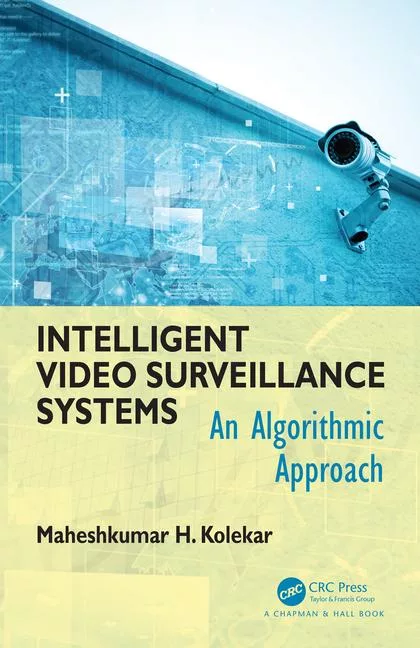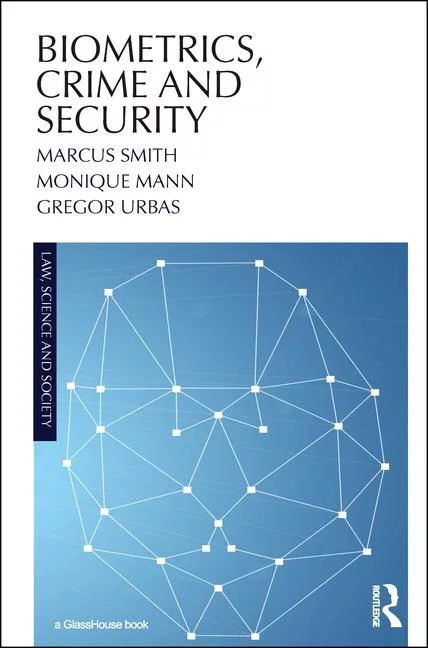Keeping New Video Analytics Simple
Over the past year big improvements in how to install, configure and operate video analytics were made that will enable the acceleration of growth in adoption of video analytics. As any technology matures, new features are added and capabilities increase. With so much already invested in the development of these highly complicated video algorithms, however, it’s time to get a return on these investments. What enabled manufacturers to see this return was the adoption of the KISS model or Keeping it Simple. As a result of this adoption, existing video analytics providers and several new startup companies have employed different strategies that fall into three, much easier-to-support categories: rules-based configuration wizards, self-learning systems and the “search” analytics capability. Each of these analytic types solves the big challenges associated with highly complicated systems: Simplifying the support and competency required, while unleashing the value that comes as a result of user-customized video analytics.
Wizards to the Rescue
Most of the well-established or “legacy” video analytic manufacturers, who are still waiting for their ROI over the past five years, have improved at maturing the installation, setup and integration. When it comes to the configuration and operations, it’s taken until just recently to adopt the KISS model using software wizards. Wizards are software programs that help the users navigate a series of choices and dramatically improve the likelihood of a successful install or configuration. Because of the amount of work and logical required to create wizards, manufacturers typically don’t launch a new product with them. Instead, they rush to get the product into the market, only to find out later that no one can make the analytics work. Few companies could even get the video analytics installed and setup, forcing many manufacturers to sell professional installation services until the developers could simplify it. After a few years of development and many installation lessons learned, the manufacturers figured out “wizards” could solve their problems, only to see the same issues emerged with supporting the operations and reconfigurations. The manufacturers’ customer support departments initially dealt with this, however, as the customers grew, the cost of support also expanded. Wizards have also been built to bring ease to the operations side. Wizards could someday lower the required knowledge level to the point that anyone should be able to work with the systems.
Self-Learning Systems
To further expand on KISS, some new video analytics-based manufacturers developed an exception-based rules engine that keeps track of really long time spans. These exception-based rules engines are then able to run automated queries that compare video footage in real-time against an expected or normal video scene. It’s basically allowing for a customer to deploy video analytics without knowing anything upfront about what the expected event or alarm conditions would be. So, when something new happens that previously hadn’t happened, then the self-learning (or exceptions-based) rules engine would notify an operator of a potential problem. The entire process of self-learning is in three learning phases. The first is called the observe phase, and during this phase, the system is cataloging everything that is moving within the camera’s field of view. After about a week of the observe phase, the learning phase begins in which the system is categorizing, classifying and correlating the objects, their trajectory and time. The final phase is the respond phase in which the system is comparing the previous two phases and notifying the video operator or guard of inconsistencies between the two. Self-learning video analytics systems are gaining popularity because the monitoring value analytics can provide is now as simple as plug and play, instead of plug and perfect.
Search after the Fact
The search video analytic segment is also a KISS-based model on the initial system setup. Search systems also allow users to save defined search criteria in order to make an ongoing, repeatable process simpler. However, search products are used post-incident and not real-time so as an investigation tool, they do still have some complexities. This is still an improvement because the operator is required to work more frequently doing repetitive tasks therefore eliminating the needs for wizards which help with infrequently used activities.
Keeping it simple is the biggest improvements the video analytics market has made and the adoption of this model will propel the video analytics market into the mainstream. Interestingly, it took some really smart people to develop video analytics, but it takes KISS to make them work.
Looking for a reprint of this article?
From high-res PDFs to custom plaques, order your copy today!





